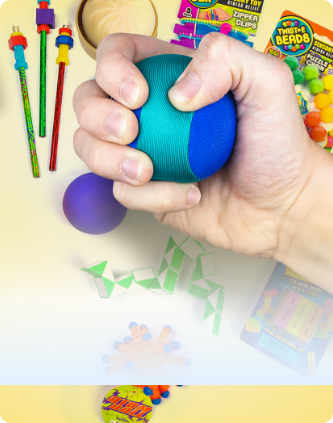The goal of Sensory Integration therapy is to help people respond better to their environment.
Many people with autism have unusual responses to normal stimulation from their environment.
Normal sensations can be painful or over whelming to them.
However, lots of people who are not on the autism spectrum also have problematic sensory issues.
These people often receive a diagnosis of Sensory Processing Disorder.
Common sensory problems are usually related to touch, movement and balance.
Sensory Integration Therapy is a type of therapy that is designed to stimulate and challenge all of the senses.
Sensory Integration therapy works on increasing a person's ability to tolerate sensory experiences and respond to them in an appropriate manner. Therapists also help create strategies to help individuals deal with difficult sensory situations someone may encounter.
It's vital that sensory integration therapy is for the most part enjoyable.
A good therapist is trying to retrain the brain by creating positive associations with sensory stimulation, reduce fear and increase confidence.
Usually therapy just looks like play, however, this is play with a purpose!
The therapist is creating an enjoyable relaxing environment while consistently introducing sensory experiences that might be difficult for the person to deal with.
Bonnie Says
Sensory integration can play a big part in improving the quality of someones life.
When a person is constantly walking around on guard and afraid of common daily experiences it's exhausting and can lead to frequent meltdowns and lots of frustration.
Learning how to understand your body and appropriate sensory strategies are so important for increasing independence and self confidence.Sensory Toys and Tools
What is Sensory Processing Disorder?
Wilbarger Protocol (Brushing Therapy)
The Proprioceptive Sense
Free U.s. Shipping On Orders Over $89 (Excludes items with truck symbol, AK & HI)
Quick Search
Free U.S. Shipping On Orders $59+. (Excludes items with truck symbol, AK & HI)
- Teaching
- Toys & Gifts
-
Calming
Calming
Go Back - Sensory & OT
- Resources






